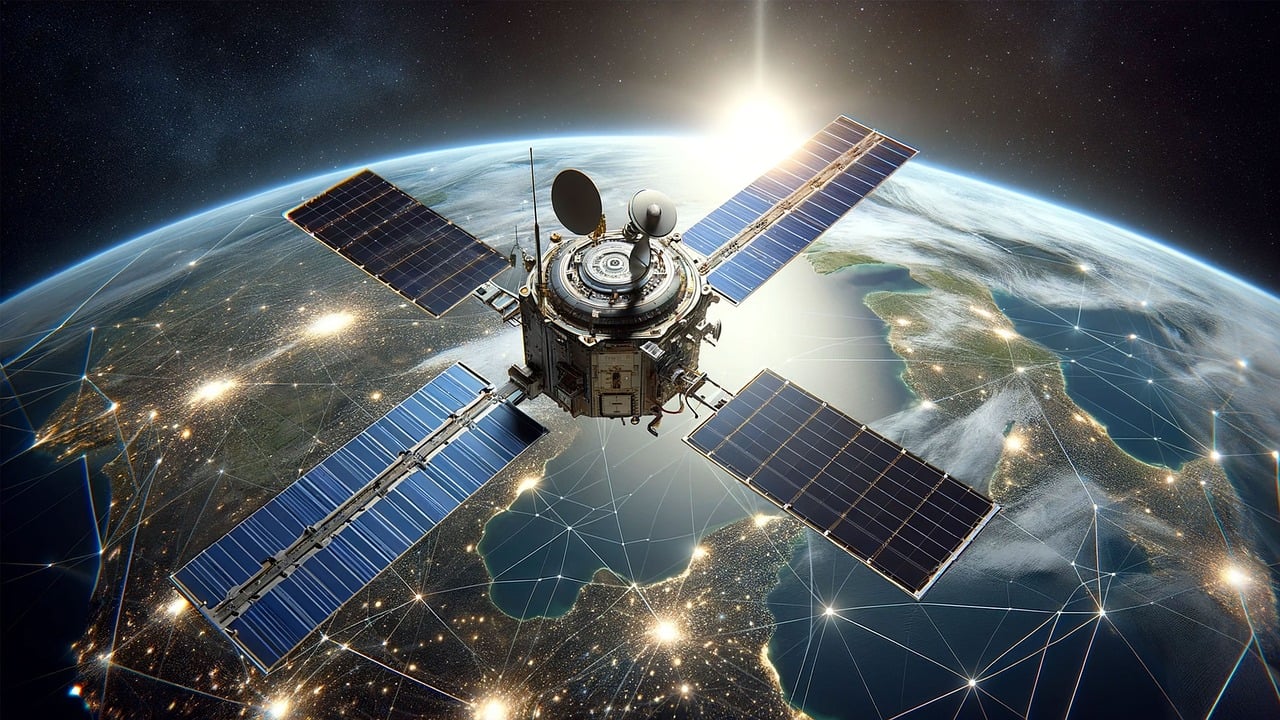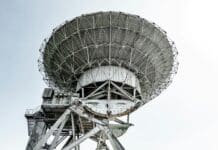This post is also available in:
 עברית (Hebrew)
עברית (Hebrew)
The ‘TeraNet’ network for high-speed space communications, created by the University of Western Australia, received laser signals from laser communication payload OSIRISv1, which belongs to the Institute of Communications and Navigation of the German Aerospace Center.
This breakthrough is set to pave the way for an immense increase in communication bandwidth between space and Earth, establishing the next generation of space communications. “This demonstration is the critical first step in establishing a next-generation space communications network across Western Australia,” explained Associate Professor Sascha Schediwy, who led the TeraNet team.
According to Innovation News Network, the TeraNet ground stations use lasers instead of traditional wireless radio signals to transfer data between satellites in space and users on Earth. Laser signals can potentially transfer data at a speed of thousands of gigabits per second because they operate at much higher frequencies than radio, therefore they can transfer so much more data, much quicker.
As the number of satellites in space grows, and with it the amount of data gathered and sent, there is now a critical space bottleneck in getting data back to Earth. While laser communication is the perfect solution to this problem, it can be interrupted by the weather, clouds, and rain.
The TeraNet team reportedly solved this downside by establishing a network of three ground stations spread across Western Australia, meaning there’s a chance that at least one station will have good enough weather conditions to download the data. Another advantage is that one of the stations was built on the back of a custom-built Jeep truck, meaning it could be rapidly deployed where there’s a need for ultra-fast space communications, like remote communities that were cut off from traditional communications due to natural disasters.
The team concludes that high-speed laser communication from space will undoubtedly revolutionize data transfer for Earth observation satellites, enhance and secure military communication networks, and bolster secure remote operations for many sectors like autonomous mining operations and disaster planning and responses.


























